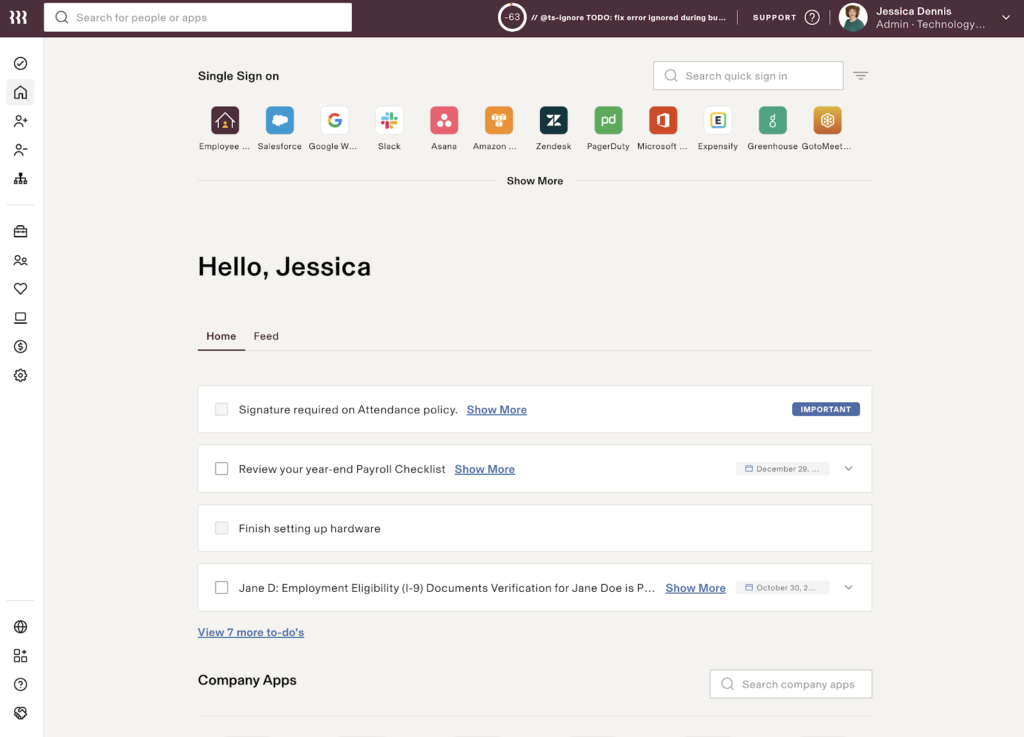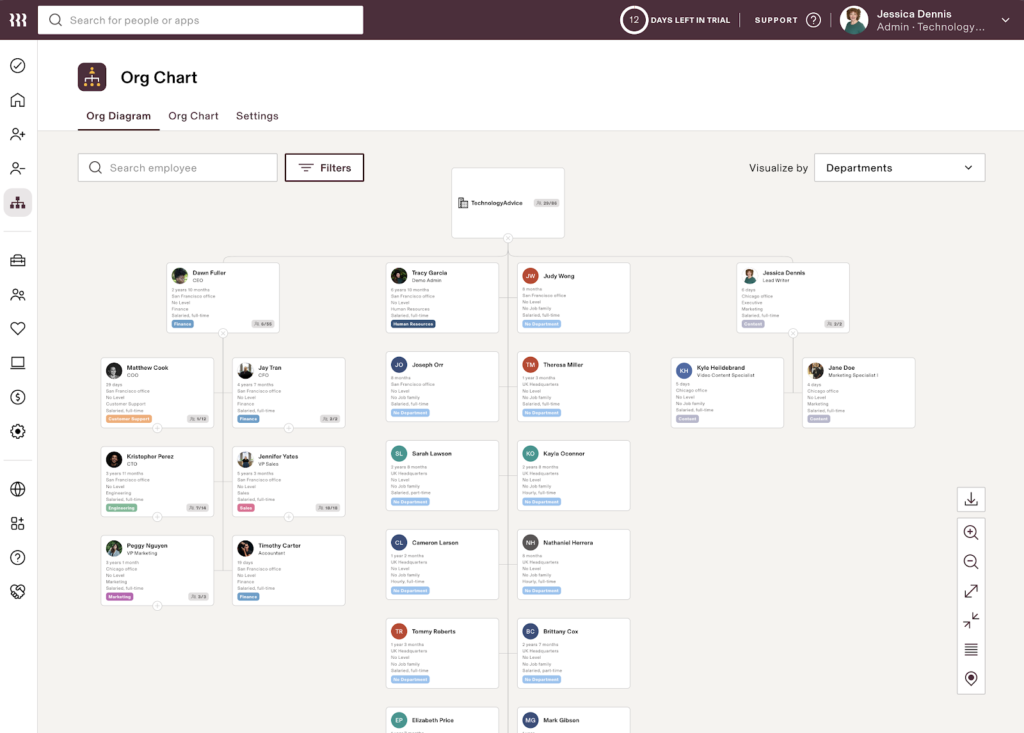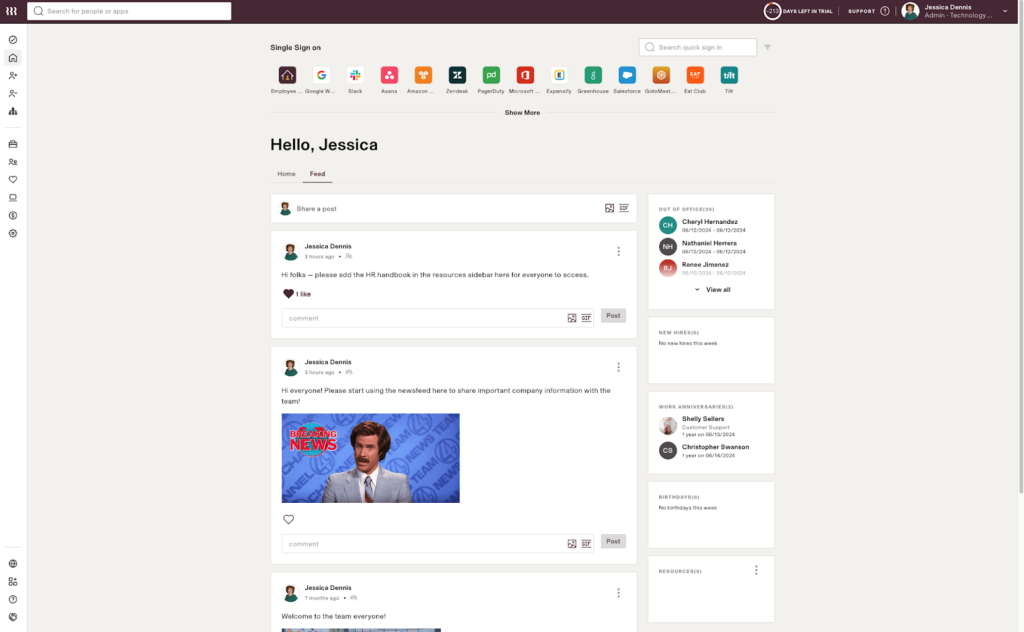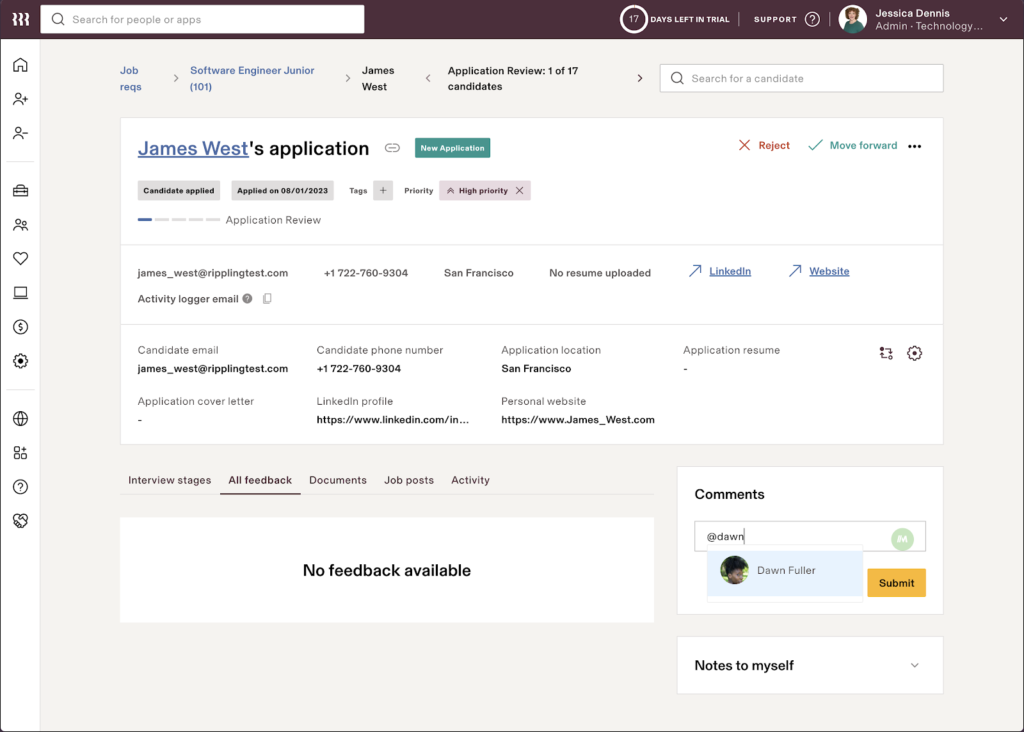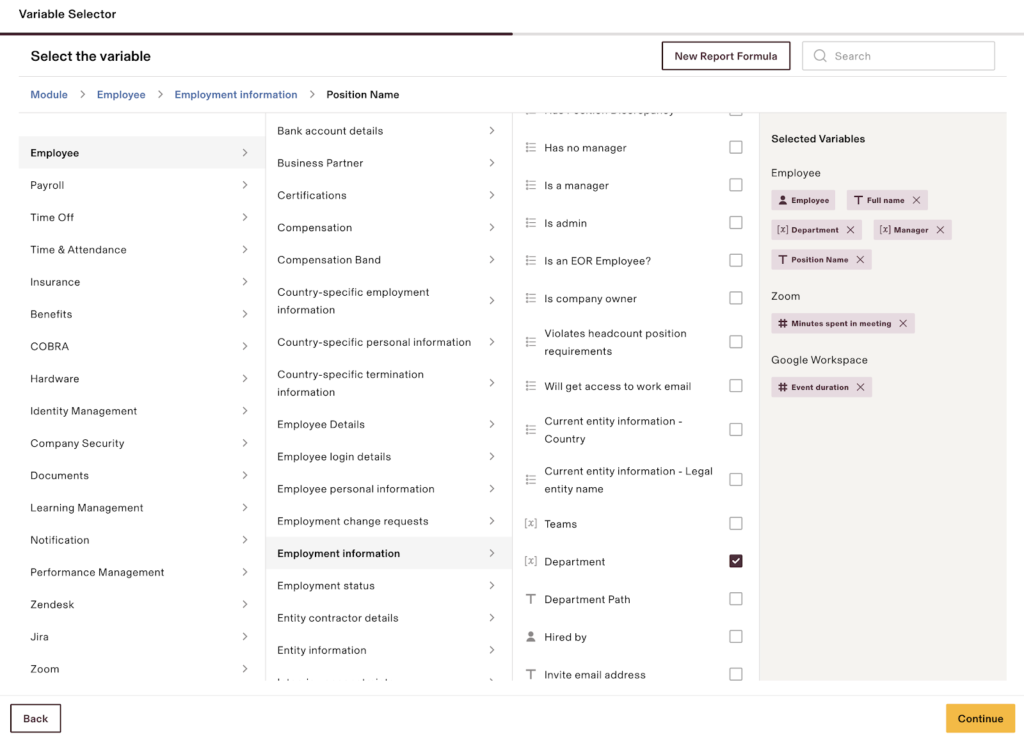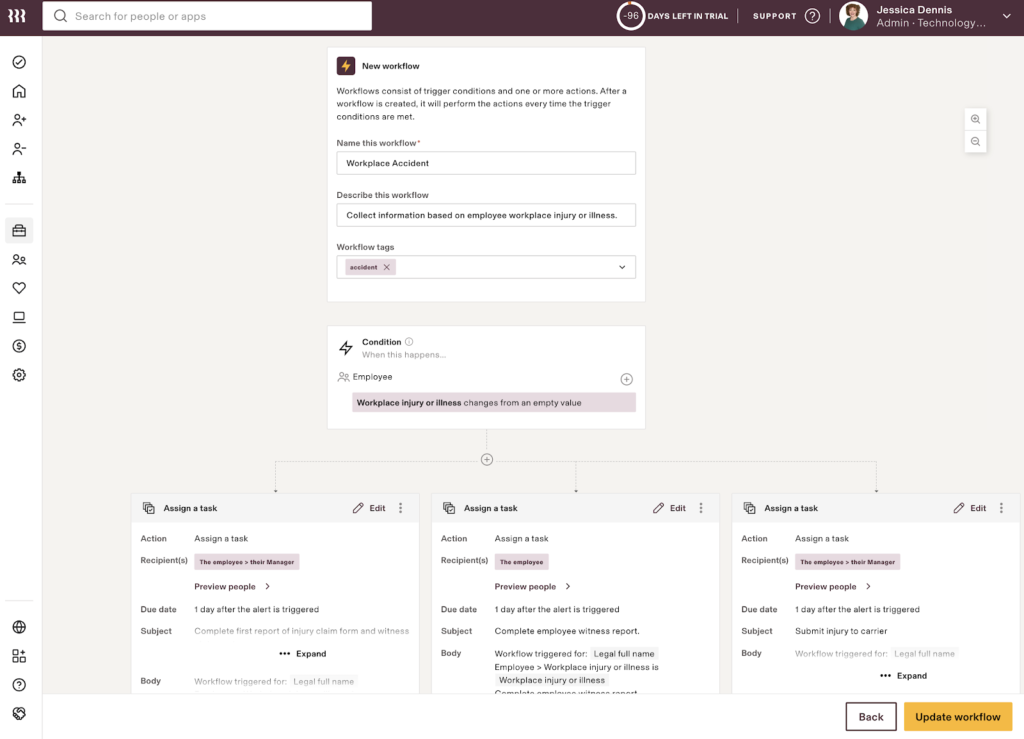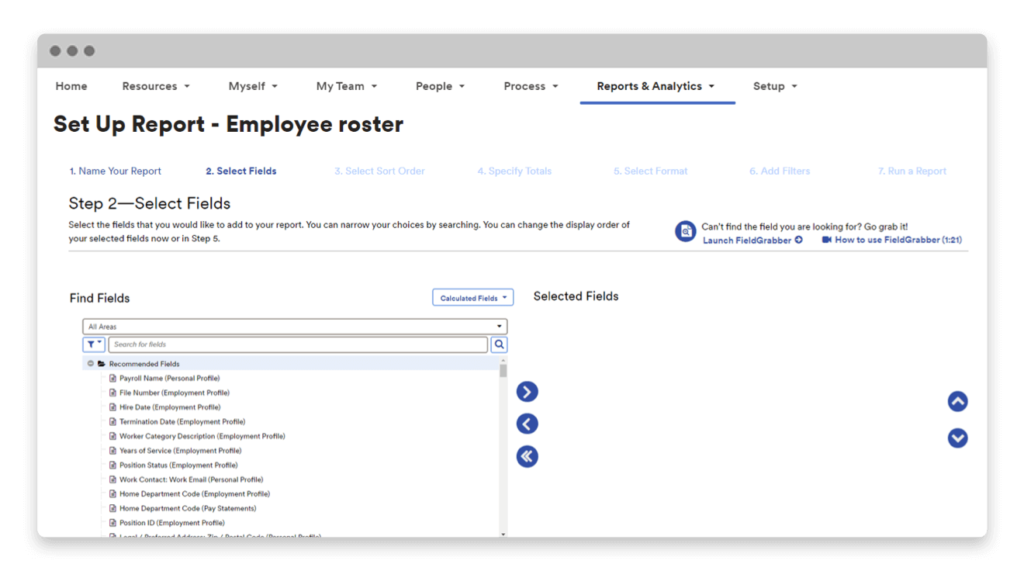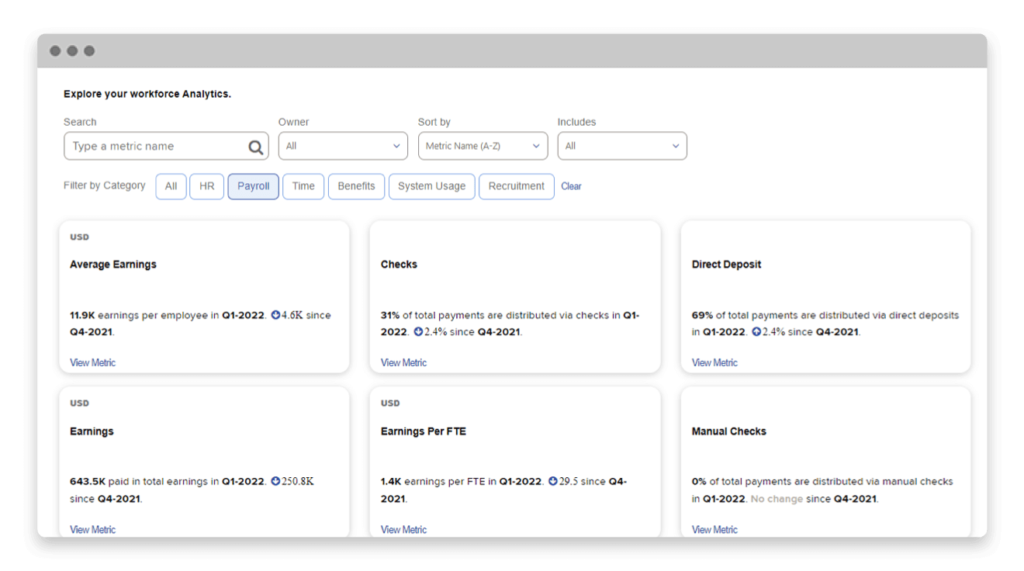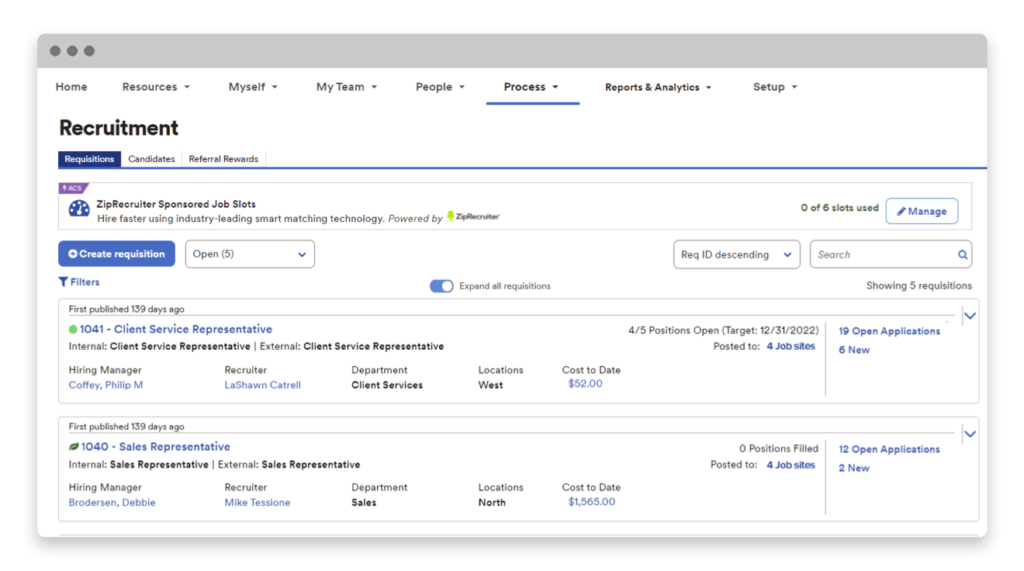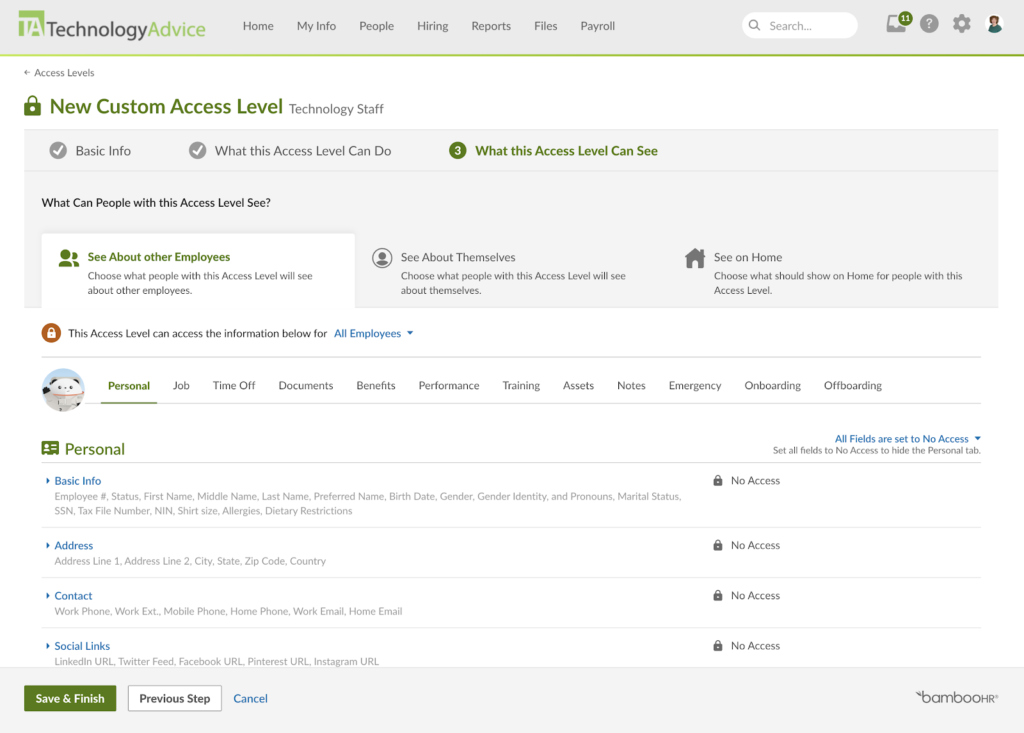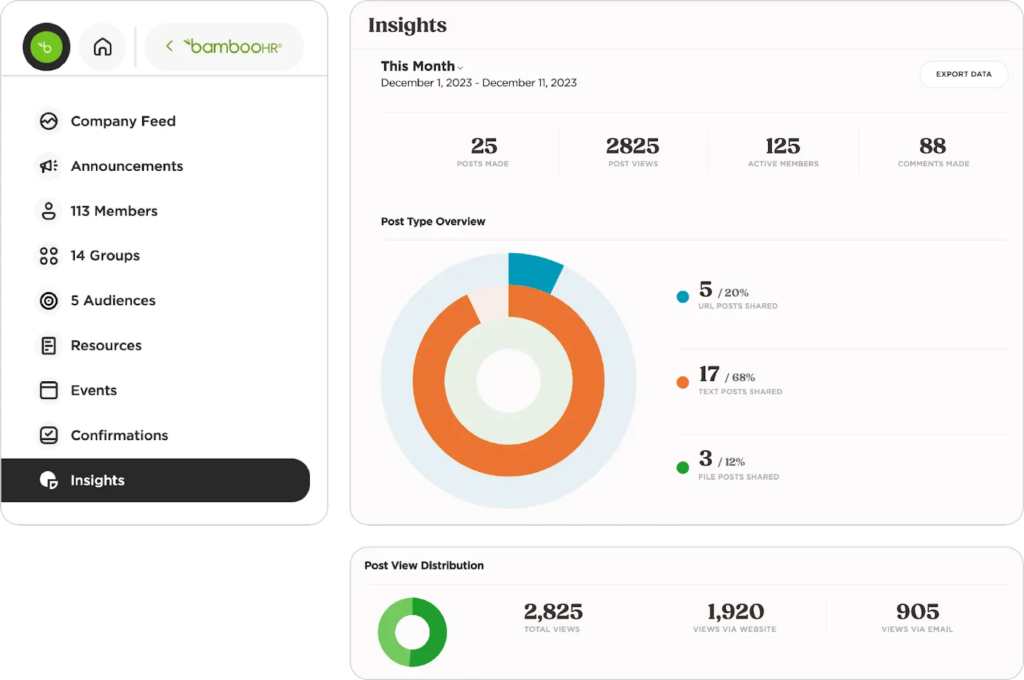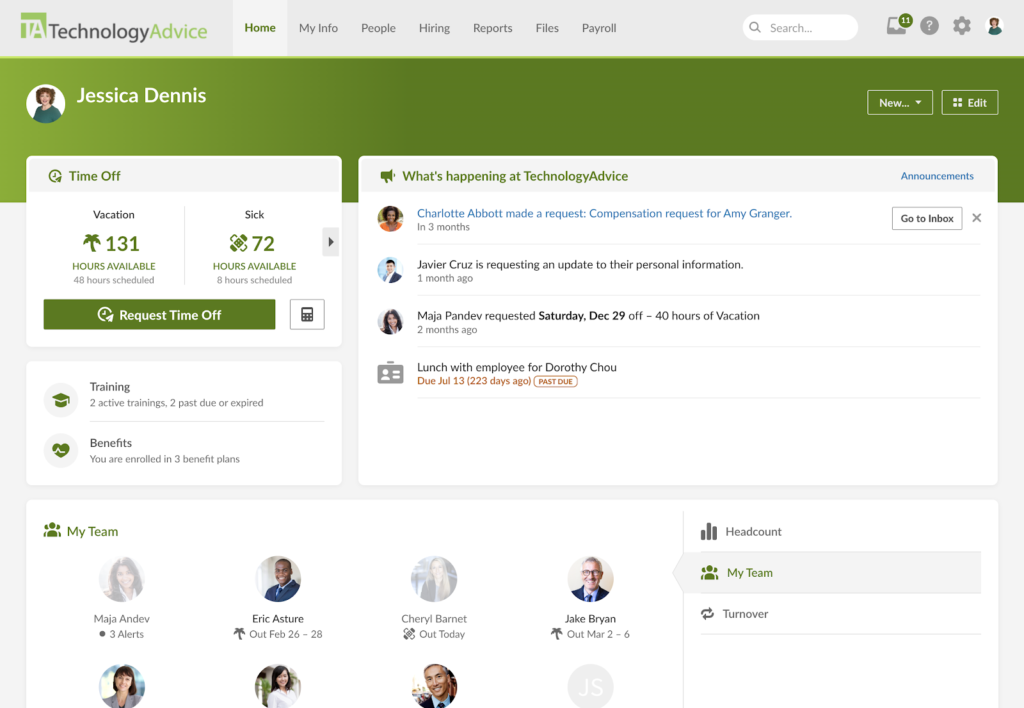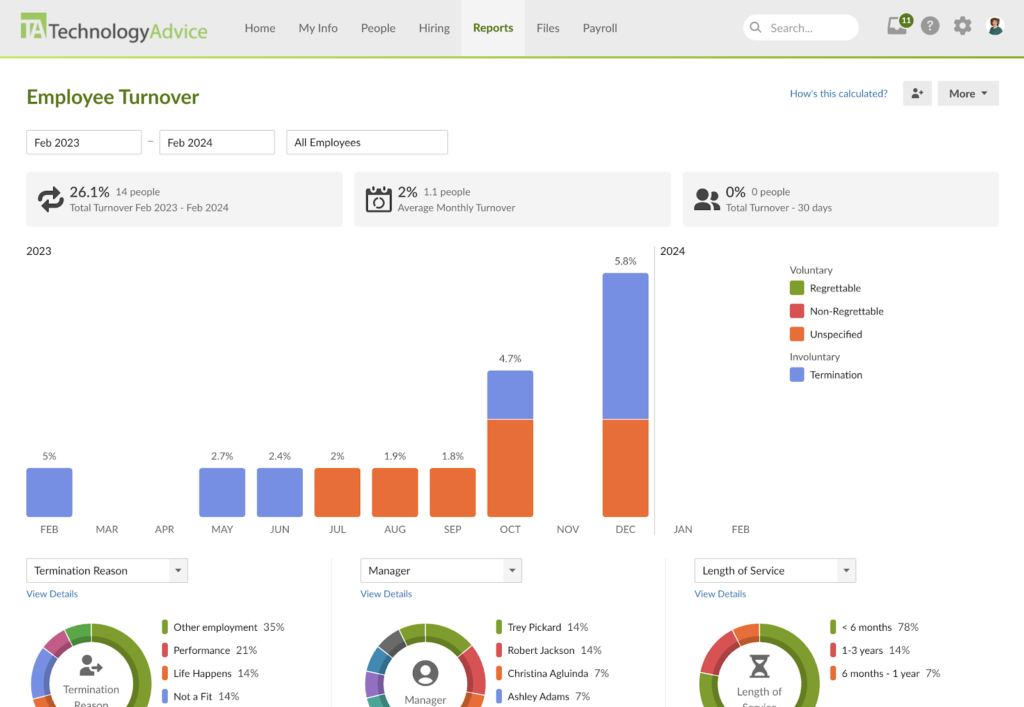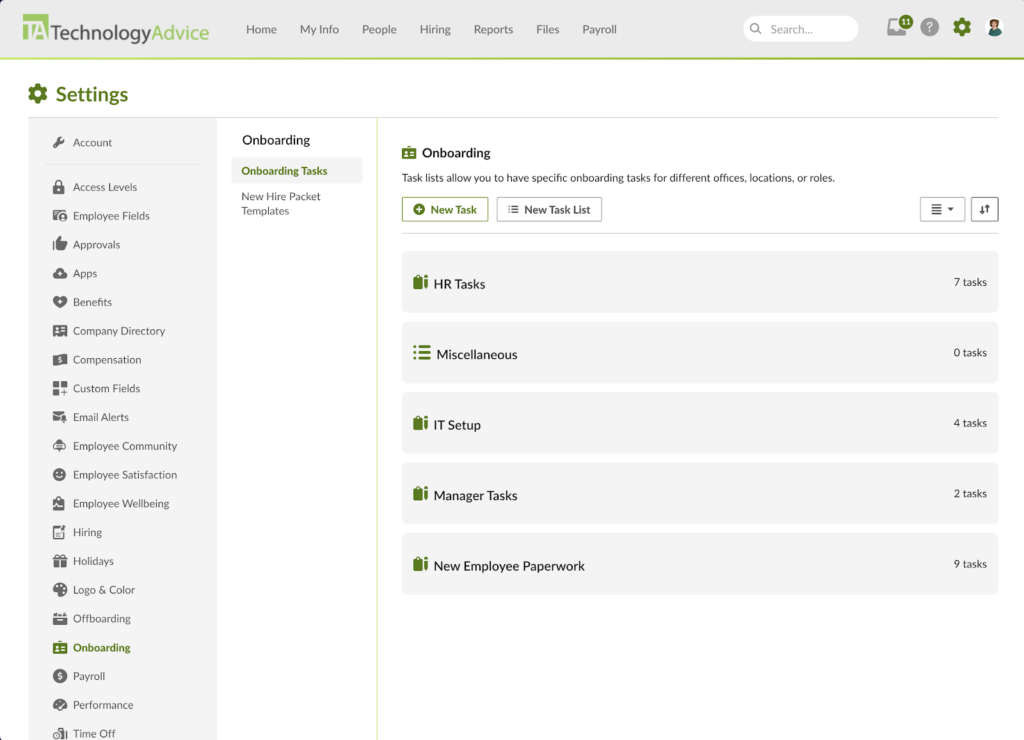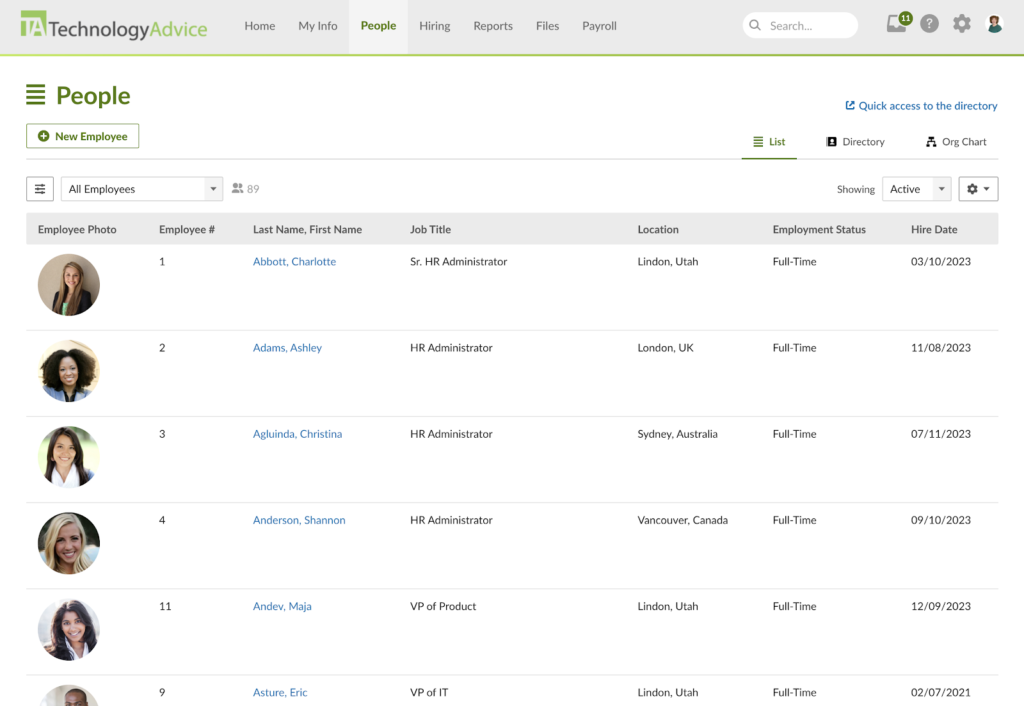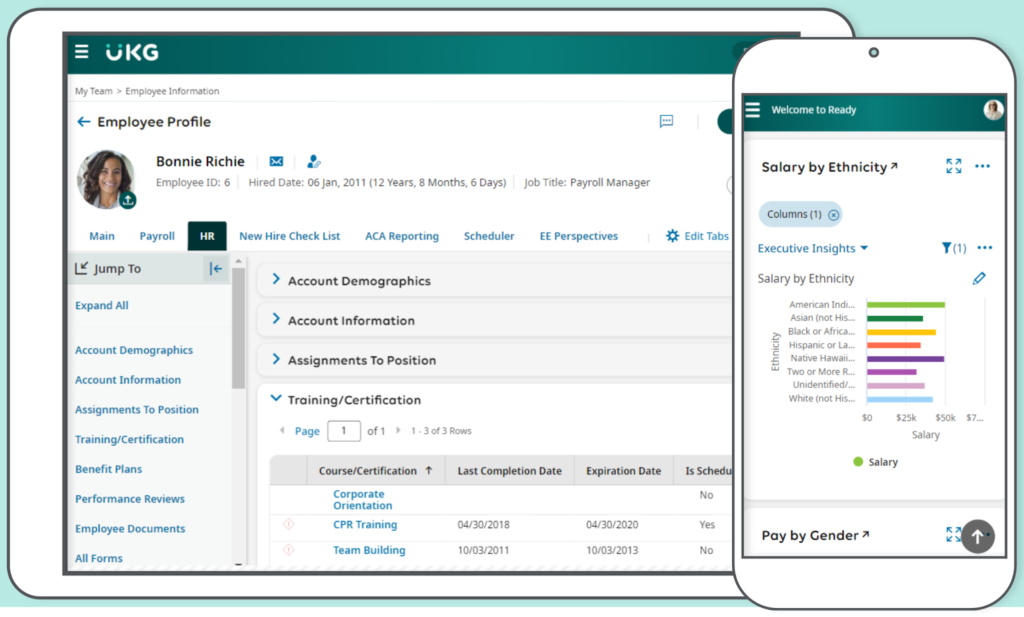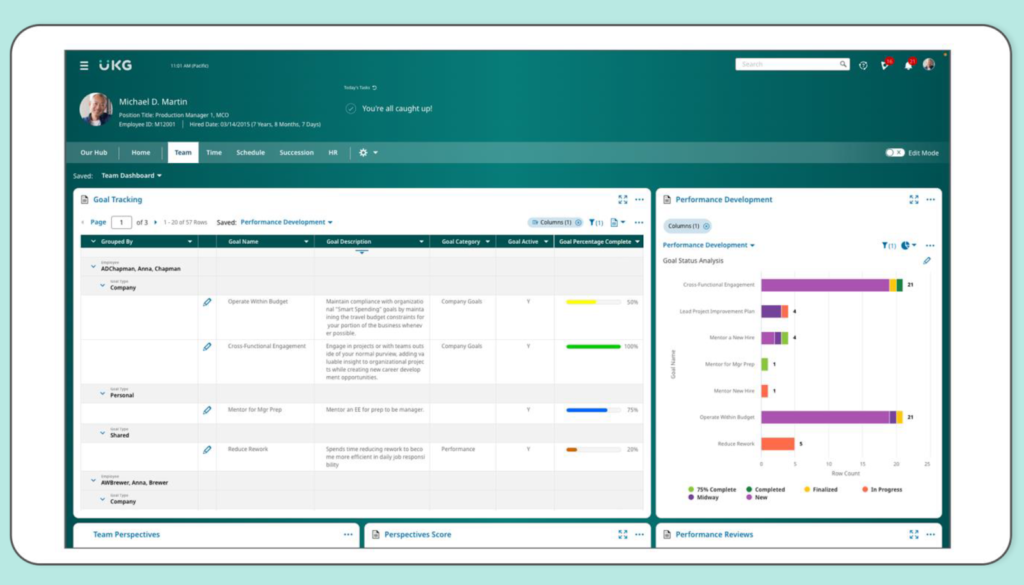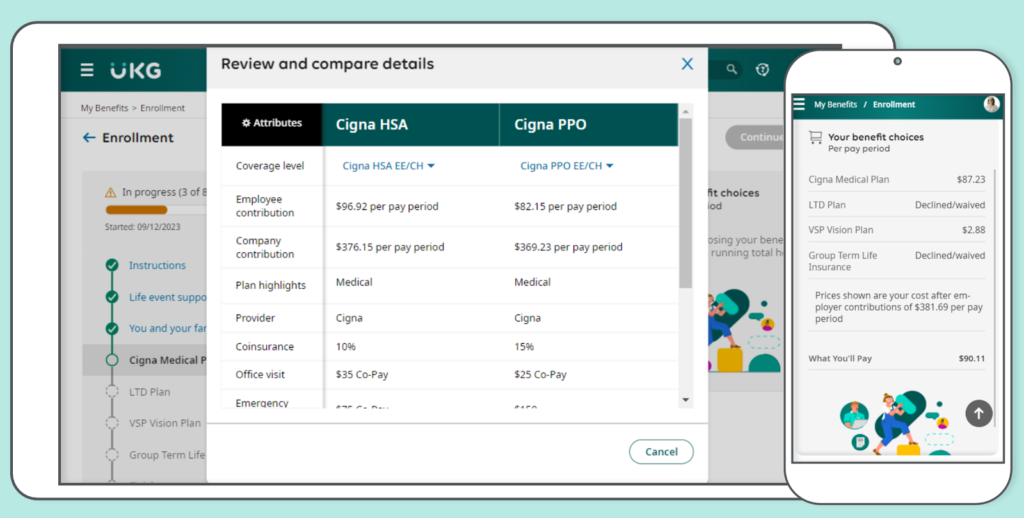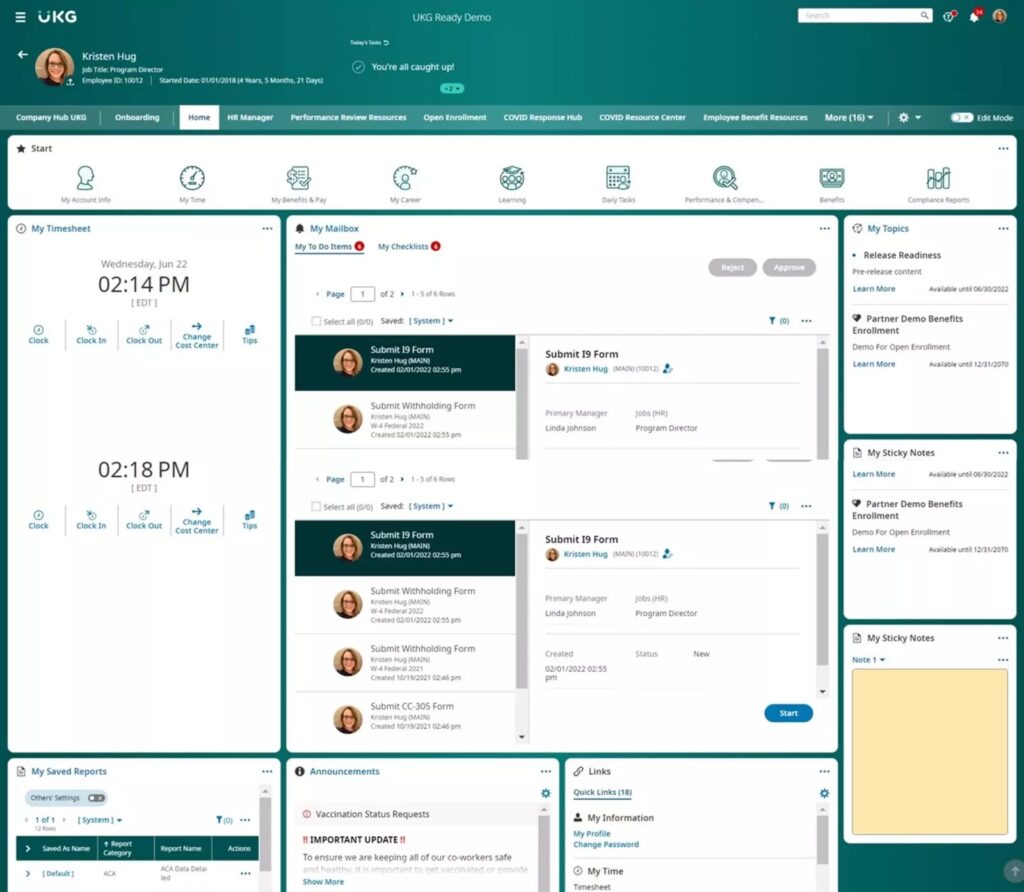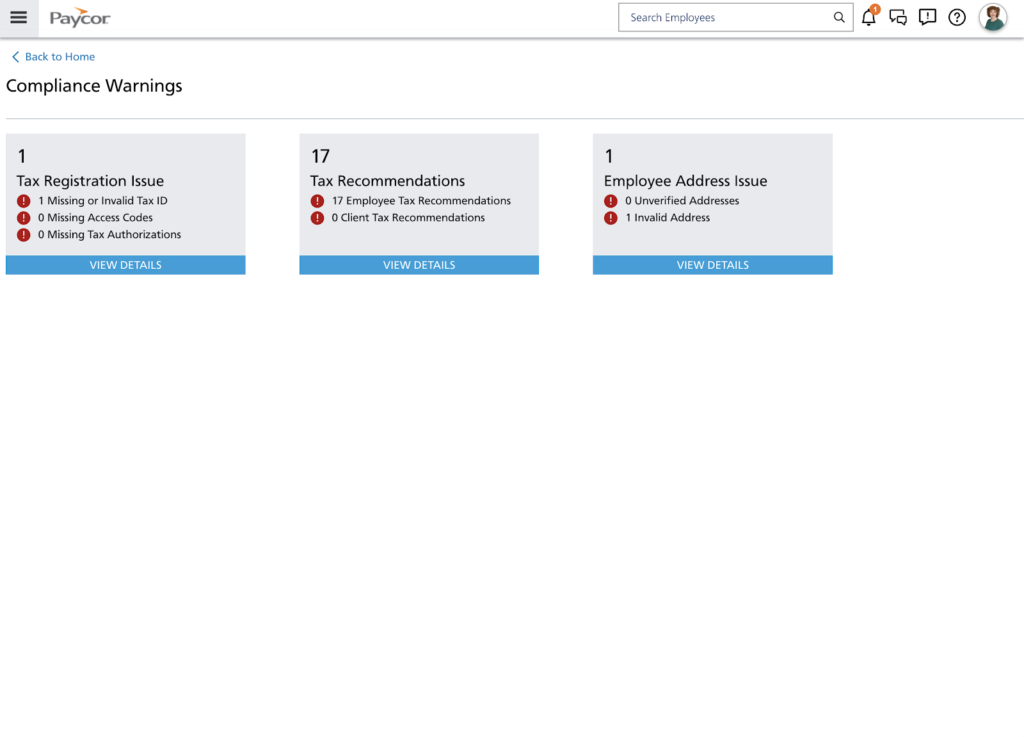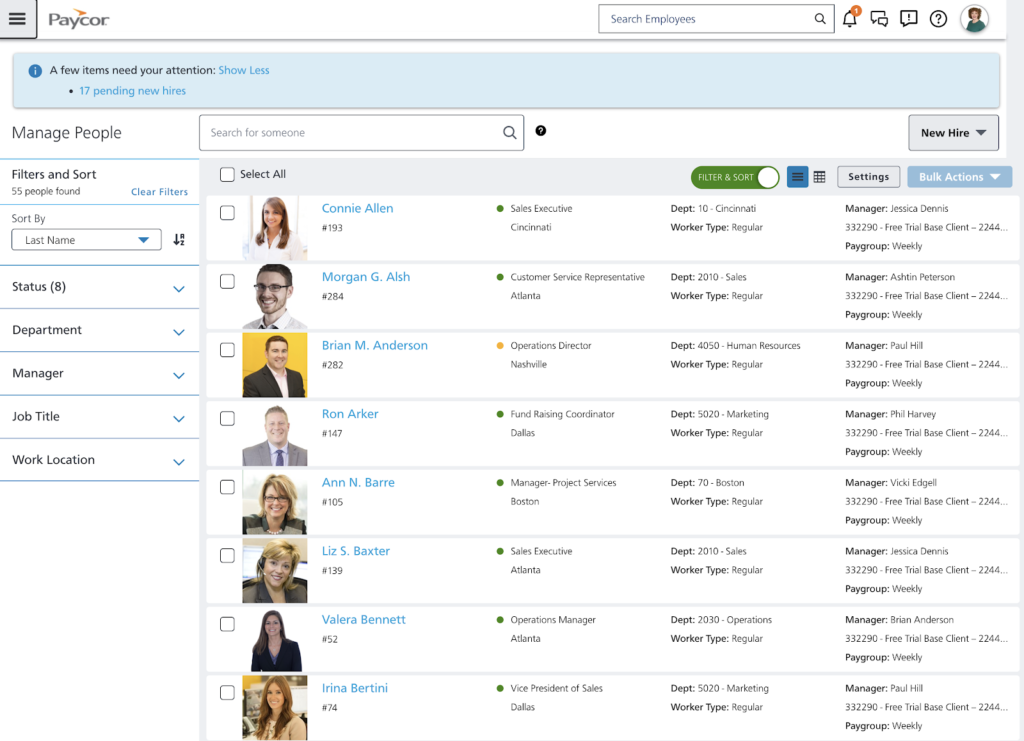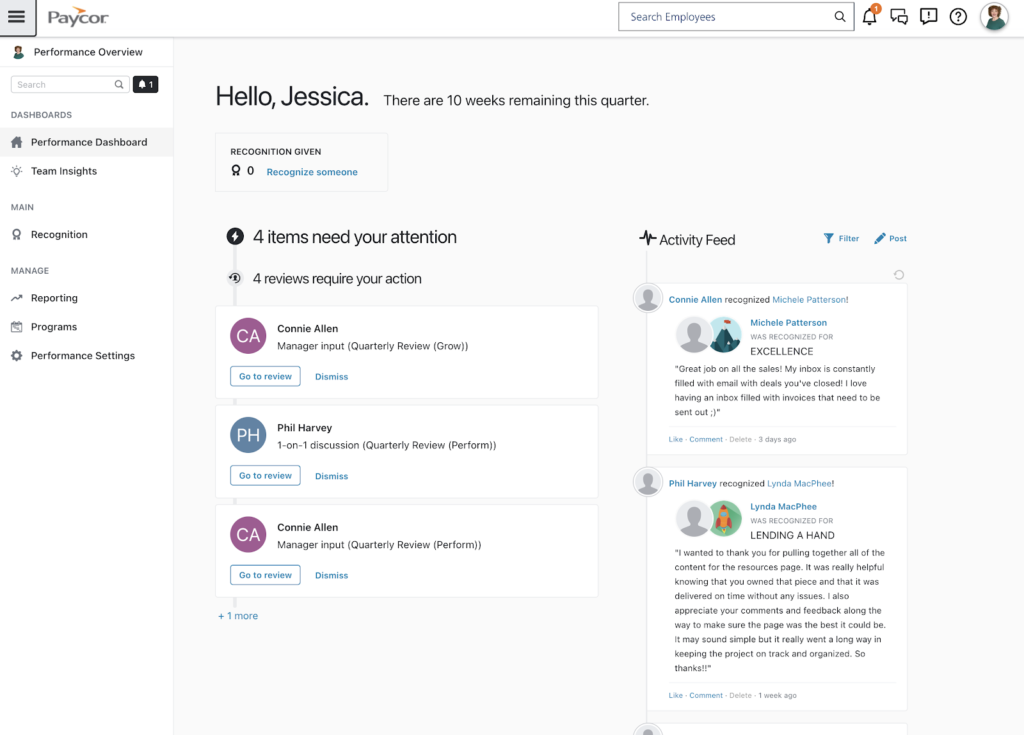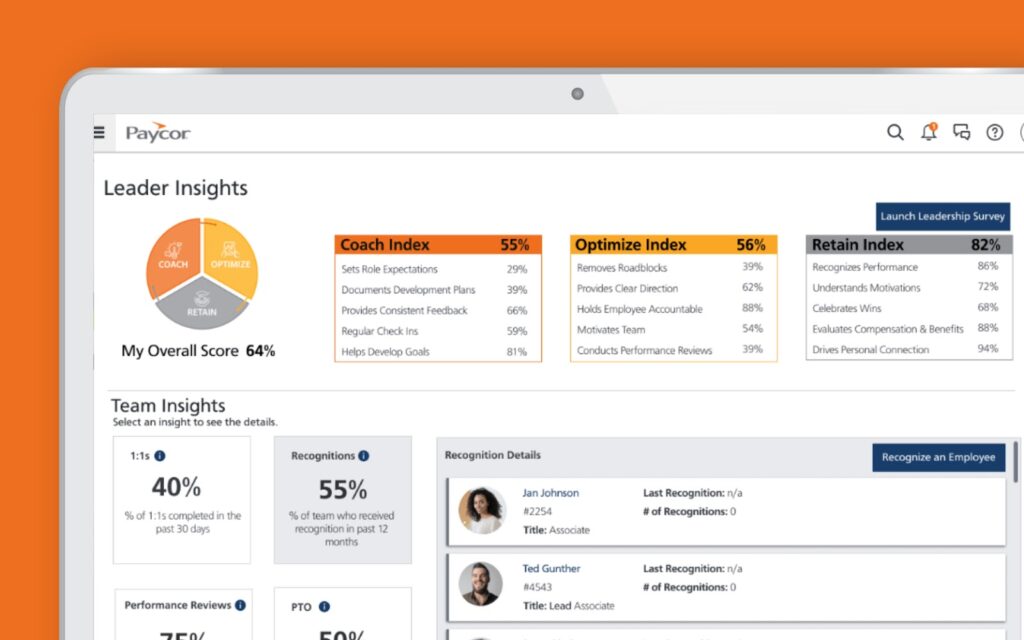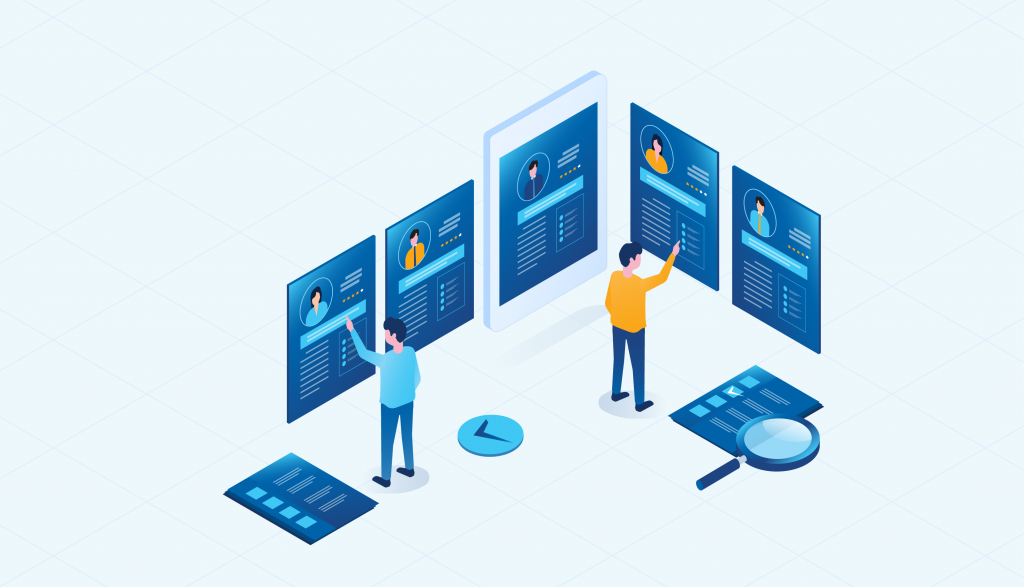My picks for the top human resources management system (HRMS) include:
- Rippling is the best HRMS overall.
- ADP Workforce Now is best for scalability.
- BambooHR is best for ease of use.
- UKG Ready is best for customization.
- Paycor is best for workforce development.
- Honorable mentions:
Not sure what kind of HR software you need? Explore our HR Software Guide for a complete list of options.
What is the best HRMS software?
Human resources management systems (HRMS) expand upon core human resources information systems (HRIS) through more extensive automations, workforce analytics, and customization. The best ones cover all these areas to support midsize businesses looking to attract and keep top talent for long-term business growth.
My top five choices below do just that plus offer unique capabilities to address the needs of your business.
If you need help determining what kind of HR software you need, learn more at How to Choose the Right HR Software for your Business.
Expert score
Best for
Starting price

Rippling
3.92
Best overall
$8 PEPM
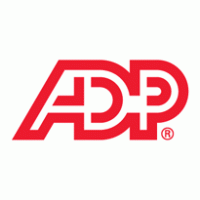
ADP Workforce Now
3.85
Best for scalability
$18–$27 PEPM*

BambooHR
3.75
Best for ease of use
$250 per mo. for first 25 employees

UKG Ready
3.66
Best for customization
$21–$29 PEPM*
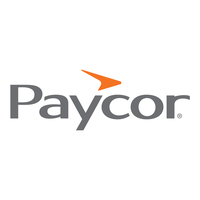
Paycor
3.63
Best for workforce development
$99 per mo + $6 PEPM
* The vendor’s pricing is quote-based; the prices in the chart are estimated based-on third-party sources and user reviews.

Rippling: Best HRMS overall
Overall score
3.92/5
User scores
4.64/5
Pricing
2.75/5
Platform/interface
4.28/5
Core HR
4.44/5
Workforce management
4.38/5
Talent acquisition
3.94/5
Performance management
3.15/5
Employee relations
3.18/5
Pros
- PEO and EOR services available for HR support.
- Intuitive user interface (UI) and design.
- Quick release schedule for access to new features.
- Device management and app provisioning and de-provisioning for tech-heavy businesses.
- Platform localization for more than 150 countries and native payroll capabilities for 50 countries.
Cons
- System occasionally lags or breaks after frequent use.
- No sandbox feature to test new workflow automations in a closed environment.
- Lacks phone support, unless you purchase its PEO, EOR, or HR Help Desk module.
Why I picked Rippling
With a 3.92 out of 5 score, Rippling is the best HRMS overall because it balances advanced HR features geared toward growing businesses with an approachable, easy-to-navigate interface. You can customize workflows, approvals, access levels, reports, and analytics for more pointed insights into your company’s workforce to drive a more efficient, productive, and engaging company culture.
Your HR teams can also offload some of their more repetitive work, like training course assignments, document collection, and task follow-ups, by having Rippling automate it for you. Moreover, most of Rippling’s modules are robust for an all-in-one HR solution. Its payroll solution is particularly noteworthy since you take care of domestic and international pay within the same platform to speed up processing times.
Although Rippling has great integration options with Slack, Google Workspace, and Zoom, it’s not the best option for companies with primarily frontline workers. It does not support employee private messaging and shift scheduling, for example. Its mobile app also does not have nearly the same capabilities as its desktop counterpart, forcing on-the-go teams to manage functions like payroll in an office.
But if you already have third-party solutions for these areas, Rippling’s vast integration library and app management features make it the best choice for consolidating your tech stack.
Considering Rippling?
Get a bigger picture of its capabilities by checking out some of the resources below:
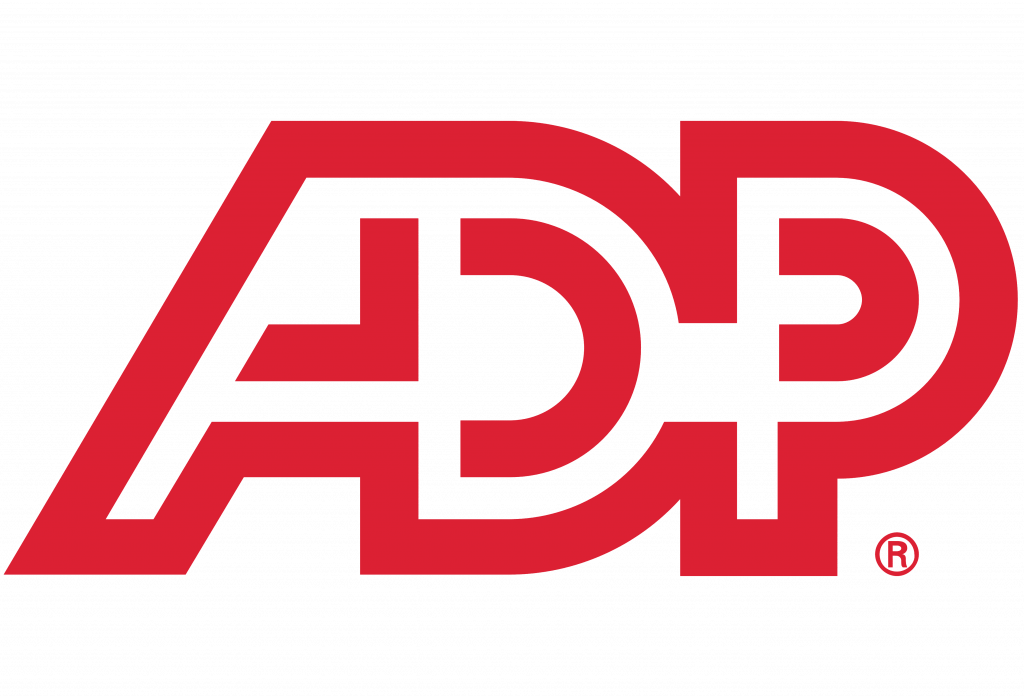
ADP Workforce Now: Best for scalability
Overall score
3.85/5
User scores
4.17/5
Pricing
2.75/5
Platform/interface
4/5
Core HR
4/5
Workforce management
4.29/5
Talent acquisition
4.19/5
Performance management
3.66/5
Performance management
3.45/5
Pros
- Huge product line covering solopreneurs to enterprises.
- Support for HR and payroll in more than 140 countries.
- Comprehensive and standalone HR products available.
- HRO, PEO, and EOR services to fit your level of service needs.
- Customer support is available through phone, chat, email, and online knowledge base.
- Open API to support integration with niche industry tools.
Cons
- Difficult-to-navigate UI with multiple pop-up windows.
- Benefits and time management features are only available in higher plans.
- Recruitment is managed through an integration with ZipRecruiter, limiting candidate diversity.
- Users report slow issue resolution with customer service.
- Must integrate with Kudos for employee recognition and rewards.
Why I picked ADP
ADP Workforce Now comes in with a total score of 3.85. It impressed me for its sheer number of features that allow companies to digitize almost all of their HR processes.
What’s more, Workforce Now is the backbone platform for most of ADP’s other offerings, including its PEO product and global payroll add-on. Its other services, like EOR, HRO, tax, and unemployment claim services, mean that you can access the level of HR support you need during various stages of growth.
As a result, you can stay with one company as you scale, aiding in knowledge retention, data migration, and employee satisfaction and experience. This makes Workforce Now your best bet if you want support for more complex needs, like multiple entities, divisions, departments, and employee types.
ADP and Generative AI
If you’re interested in a scalable HRMS and want to dabble in AI for HR purposes, ADP released its new generative AI assistant in January 2024. The new tool draws on ADP’s huge compliance dataset plus your company data to help you complete payroll tasks plus proactively remind employees to submit timecards, complete paperwork, and answer common personnel questions.
As an HRMS buyer, the tool lets you use natural language to draft reports and create graphs for faster and more easily digestible insights into your workforce trends. All Workforce Now plans come with the tool, making it an attractive choice for your HR staff to speed up rote processes.

BambooHR: Best for ease of use
Overall score
3.75/5
User scores
4.38/5
Pricing
3.00/5
Platform/interface
4.06/5
Core HR
3.91/5
Workforce management
4.04/5
Talent acquisition
3.63/5
Performance management
3.10/5
Employee relations
3.55/5
Pros
- Plug-and-play workflows and homepage widgets for speedy implementation.
- Bundle and volume discounts available.
- Internal ATS and career page included in every plan.
- Multiple training videos and resources to get employees familiar with the platform.
Cons
- Payroll support for U.S. employees only.
- Employee engagement surveys limited to eNPS and pre-defined wellness surveys.
- Cannot manipulate reports in real time.
Why I picked BambooHR
BambooHR is the easiest and most approachable platform on my list. Although it doesn’t have the customization options of UKG Ready, the automation capabilities of Rippling, or the global support of ADP, you’ll likely find BambooHR the better option if you want to implement an HR software solution quickly.
With an overall score of 3.75, BambooHR does well with automatic workflows, document modification and recordkeeping, and employee communication and engagement. BambooHR also includes an ATS in all plans, which most HRMS reserve for higher tiers. This means you can manage and track a basic candidate pipeline for more consistent hiring.
BambooHR is not the best, however, if you expect rapid growth. While it has all the features of a full-scale HRMS, it doesn’t have options for more specialized workflows. For example, BambooHR’s reporting and analytics are fine for most operations-focused HR teams, but you cannot create custom charts. This can be a major drawback for workforce and big-picture company planning.
Nevertheless, BambooHR is a great choice to reduce the amount of administrative work on your HR teams. Because it contains more tools in the realm of tactical HR, it’s a step above a simple HRIS with only recordkeeping and limited workflow automation.
BambooHR and small business HR
Besides being the best HR platform for small businesses, BambooHR is also in many of our other HR buyer’s guides. Check them out below:

UKG Ready: Best for customization
Overall score
3.66/5
User scores
4.17/5
Pricing
0.38/5
Platform/interface
3.81/5
Core HR
4.75/5
Workforce management
4.73/5
Talent acquisition
4.69/5
Performance management
4.24/5
Employee relations
2.40/5
Pros
- Includes strategic-heavy HR features, such as succession planning, industry benchmarking, talent development, and skills gap analysis.
- Strong recruitment and benefits administration modules for attracting top candidates.
- Universal search function to access modules and information quickly.
- Available in 15 languages to improve platform navigation.
Cons
- Significant learning curve and confusing layout.
- Native payroll for the U.S. and Canada only.
- Need to purchase its employee engagement and People Insights modules for sentiment analysis.
- No native peer-to-peer recognition feature.
Why I picked UKG Ready
UKG Ready impressed me with its ability to customize each module to suit your specific HR processes. This means you create a tailor-made HR system with operations that occur your way, compared to more pre-configured platforms like BambooHR.
UKG’s customization also improves collaboration and consistency across teams. For example, if you want hiring managers to quickly look into recruitment metrics like time-to-fill for one of your open positions, you don’t have to create or schedule reports for them. It’s just as simple as creating a report view, saving it, and placing it in a widget for them to see in real time.
Besides making it easier for employees to find the information they need, you can also control the experience of less tech-savvy employees. You can create dashboards, hide or limit access to various information, and improve the efficiency of common HR processes, like injury recordkeeping.
Despite UKG Ready’s score of 3.66, its customization comes at a price. Its complex UI can take some time to understand. If your business is smaller, UKG Ready might be overwhelming as a first-time HRMS. But if you’ve outgrown more simplistic HRMS options like Gusto or TriNet HR Platform, UKG Ready can create a more personalized experience for your increasingly diverse teams and business model.
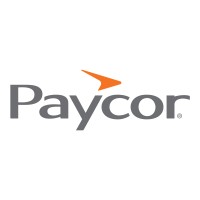
Paycor: Best for workforce development
Overall score
3.63/5
User scores
4.03/5
Pricing
2.13/5
Platform/interface
3.53/5
Core HR
3.50/5
Workforce management
4.44/5
Talent acquisition
3.94/5
Performance management
4.19/5
Employee relations
3.58/5
Pros
- Industry-specific benchmarking tools to understand how you perform to your peers.
- Financial learning and counseling tools in its mobile app to improve employee financial security.
- Customizable pay grid for company-specific pay cadences and faster processing.
Cons
- Expensive for small businesses since key modules, like onboarding, benefits administration, and time-tracking, are in higher-tier plans or paid add-ons.
- Navigation is clunky with some modules, like analytics, having a different appearance from the whole.
- Lacks managed HR services or support for international workforces.
Why I picked Paycor
Paycor is an excellent choice to automate your core HR operations so you can focus on more meaningful workforce development. Except for UKG Ready, Paycor is the most feature-rich option for talent management. And even though UKG Ready has similar features, Paycor’s dashboard is more accessible for growing HR teams.
In particular, Paycor enables employees to manage their professional career goals. Managers can request employee feedback anytime to understand how to motivate their teams better and build psychological safety. Paycor also enables employees to take learning courses at their convenience to bolster their career advancement.
Paycor also provides opportunities for your teams to take action based on data insights. For example, skill assessments filter into performance review workflows to add context to employees’ successes and areas of opportunity during the review period.
However, Paycor only received a 3.63 score overall for its clunky system navigation. Its starting price is also off-putting, especially if you’re a small business or startup that wants to take advantage of the tactical advantages of an HRMS, like hiring and upskilling, despite your headcount.
Still, I’d recommend Paycor if you want to improve the employee experience. Employees can engage directly with each other in Paycor to foster a positive company culture. Meanwhile, on-demand pay gives employees access to their funds when needed and Paycor’s compensation management can minimize pay inequity. As a result, Paycor is a better choice if you want capabilities to increase employee retention while reducing manual HR operations.
HR for the deskless workforce
Paycor stands out for its mobile app, which makes it easier for employees to complete basic HR processes without contacting the HR department. Learn more about its HR app in Best HR Apps.
Honorable mentions
If my choices above aren’t right for you, check out my runners-up below for more options to fit your budget and business goals.
Paylocity: Best for recruitment
Alternative for: Paycor and UKG Ready
Overall score: 3.74/5
When to choose Paylocity
Paylocity is very similar to Paycor, with customizable and advanced payroll plus support for more complex HR needs like compensation budgeting, performance management, and employee engagement. Paylocity’s recruitment module is particularly strong, especially if you’re in an industry with a high turnover, like restaurant and retail.
A rather unique feature of Paylocity is the ability to create job application QR codes and posters that you can print and post in your workplace. These codes make it easy for walk-in candidates to apply using their phones. It also speeds up candidate processing since you don’t manually input information into your HRMS’s ATS from paper applications.
Why it didn’t make the list
Paylocity has many features but poor execution. Navigating the platform is tedious for both system administrators and employees because Paylocity doesn’t organize features where you would expect.
For example, you cannot access your employee profile directly from your avatar photo in the upper right corner. Instead, you must enter Paylocity’s self-service or HR and payroll modules for your personnel data. Even more confusing is that each area displays your data differently, making for an inconsistent experience.
Namely: Best for employee engagement
Alternative for: Rippling and BambooHR
Overall score: 3.52/5
When to choose Namely
Namely has an employee newsfeed that serves as the platform’s central navigation hub. It mimics prominent social media platforms, making it a fun tool for employees to keep apprised of company news. It also encourages more natural peer-to-peer appreciation. Because of this, Namely is a great option if you are experiencing low HRMS usage rates among your employees.
Why it didn’t make the list
Namely has rather weak reporting and analytics. It also does not support international teams. While it does offer managed payroll and benefits administration services, Namely works better if you have limited domestic growth goals, especially because you cannot control multiple entities from the same account.
Gusto: Best value for money
Alternative for: BambooHR
Overall score: 3.34/5
When to choose Gusto
Gusto is best if you’re looking for a solution with quick implementation, simple UI, and limited customization options. It also supports payroll for contractors in more than 120 countries, plus employees in the U.S., Canada, India, the Philippines, and Mexico. And, it’s the most feature-rich and affordable solution on my list, starting at $40 per month plus $6 PEPM for automated payroll, onboarding, and Gusto-brokered health insurance.
Why it didn’t make the list
Although Gusto continues to innovate, including adding EOR support in the latter half of 2023, it’s much better for small businesses and some startups. Its lack of custom automations and strategic HR features like succession planning or salary benchmarking can make it a pretty limiting solution if you’re growing fast and need more insights into your people and business data.





